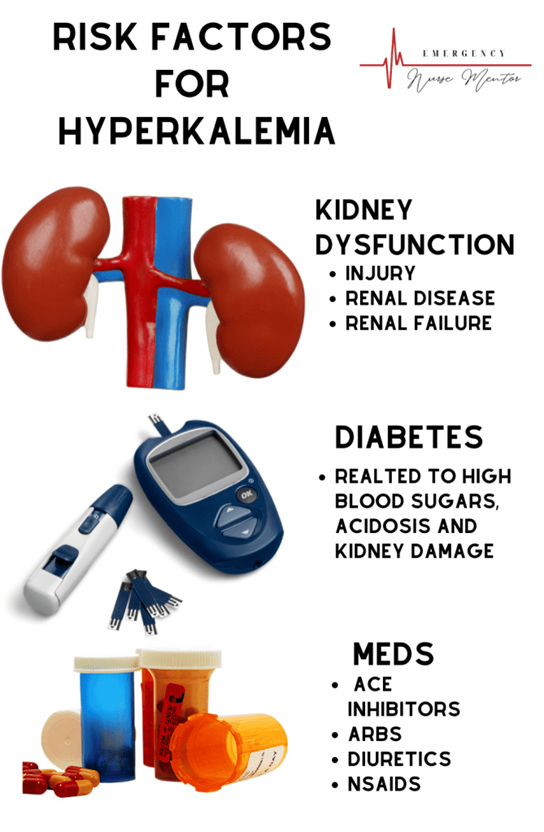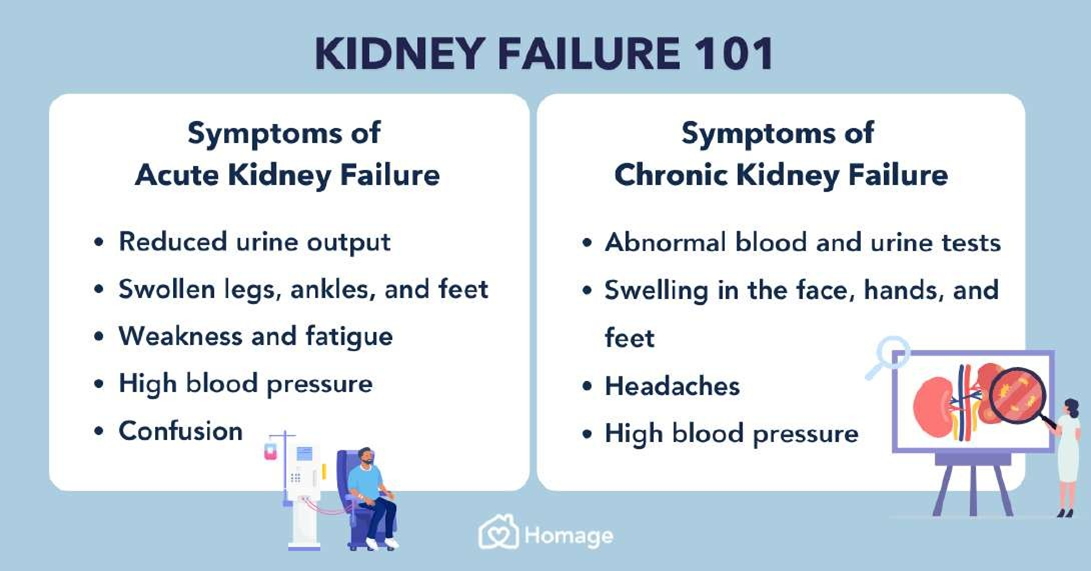Med Surg Exam 2
ATI Med Surg Exam 2
Total Questions : 89
Showing 10 questions Sign up for moreA nurse is providing discharge teaching to a client who will be performing continuous ambulatory peritoneal dialysis (CAPD) at home. Which of the following statements from the client indicates an understanding of this type of dialysis management? (Select all that apply)
Explanation
Choice A reason: Proper hand hygiene is essential before connecting the tubing to the catheter to prevent infections, which is a key component of CAPD management.
Choice B reason: There is no requirement to lay down while the dialysis solution dwells in the peritoneal cavity. Patients can move around and continue with their daily activities.
Choice C reason: Regularly weighing oneself is important to monitor fluid balance and the effectiveness of the dialysis, making it a crucial part of home dialysis management.
Choice D reason: CAPD typically involves multiple exchanges throughout the day, not just one instillation at bedtime.
Choice E reason: Monitoring blood pressure is important for managing fluid balance and cardiovascular health in patients on dialysis.
A nurse is caring for a client who has end-stage renal disease (ESRD). Which of the following are expected findings? (Select all that apply).
Explanation
Choice A reason: Pruritus, or severe itching, is a common symptom in patients with ESRD due to the build-up of waste products in the body.
Choice B reason: Slurred speech is not typically associated with ESRD. It may be a symptom of other neurological conditions or could be related to medications or treatments.
Choice C reason: Hypotension can be an expected finding in ESRD due to the fluid shifts and changes in blood volume
that occur during dialysis treatment.
Choice D reason: Bone pain is a known complication of ESRD, often resulting from the mineral and bone disorders that are part of chronic kidney disease-mineral and bone disorder (CKD-MBD).
Choice E reason: Bradypnea, or abnormally slow breathing, may occur in ESRD as a result of metabolic changes affecting the respiratory system.
A nurse is reviewing the laboratory test results from a client who has prerenal acute kidney injury (AKI). Which of the following electrolyte imbalances should the nurse expect?
Explanation
Choice A reason: Hypernatremia, which is an abnormally high level of sodium in the blood, is not typically associated with prerenal AKI. Prerenal AKI is often related to hypovolemia, which can lead to hyponatremia rather than hypernatremia.
Choice B reason: Hypophosphatemia, or low levels of phosphate in the blood, is not a common finding in prerenal AKI. Phosphate levels are more often affected in intrinsic renal diseases or refeeding syndrome.
Choice C reason: Hypercalcemia, or high levels of calcium in the blood, is not commonly seen in prerenal AKI. It is more frequently associated with malignancies or hyperparathyroidism.
Choice D reason: Hyperkalemia, which is an elevated level of potassium in the blood, is a common electrolyte imbalance in prerenal AKI. This occurs due to decreased renal perfusion and the kidney's reduced ability to excrete potassium.

A nurse is monitoring an older adult female client who had a myocardial infarction (MI) for the development of acute kidney injury (AKI). Which of the following findings should the nurse identify as indicating an increased risk of AKI?
Explanation
Choice A reason: The normal range for serum creatinine in adult females is approximately 0.6–1.1 mg/dL. A level of 1.8 mg/dL is elevated and indicates impaired kidney function, which is a risk factor for AKI.
Choice B reason: Normal BUN levels are generally between 6 to 24 mg/dL⁸. A BUN level of 200 mg/dL is significantly elevated and suggests kidney dysfunction, which can lead to AKI.
Choice C reason: Serum osmolality in the normal range, which is typically between 275 to 295 mOsm/kg H2O for adults⁹[13][^10^][14][16], does not indicate an increased risk of AKI.
Choice D reason: The normal range for serum magnesium is typically 1.7 to 2.2 mg/dL or 0.85 to 1.10 mmol/L. A level of 2.0 mEq/L (which is equivalent to 2.0 mg/dL) is within the normal range and does not indicate an increased risk for AKI.
A nurse is caring for a client admited with renal calculus. Which of the following assessment findings should the nurse associate with renal calculi? (Select all that apply)
Explanation
Choice A reason: Fever can occur if the renal calculus leads to infection, which is a common complication associated with kidney stones.
Choice B reason: Urinary urgency is a symptom that can be associated with renal calculi, especially if the stones are
located in the lower part of the urinary tract.
Choice C reason: Incontinence is not typically a direct symptom of renal calculi, but it may occur secondary to other symptoms or complications.
Choice D reason: Gastrointestinal upset is not a common symptom of renal calculus, although some patients may experience nausea and vomiting.
Choice E reason: Flank pain is a classic symptom of renal calculus, often described as severe and colicky, radiating from the back towards the groin.
A nurse is providing discharge teaching to a client who has a new arteriovenous fistula in the right forearm. Which of the following manifestations should the nurse include in the teaching as possible indications of venous insufficiency?
Explanation
Choice A reason: A raised red rash is not typically indicative of venous insufficiency but could suggest an allergic reaction or infection.
Choice B reason: Coldness and numbness distal to the fistula site can indicate poor blood flow, which is a symptom of venous insufficiency.
Choice C reason: Pain proximal to the fistula site can be a sign of venous hypertension and insufficiency, as it may
indicate increased pressure in the veins.
Choice D reason: Foul-smelling drainage is not a typical sign of venous insufficiency but may indicate an infection.
A nurse is caring for a client who has polycystic kidney disease (PKD). The client is admited to the hospital for renal calculi and reports that their abdomen has been getting bigger. Which of the following statements by the nurse is the best explanation for the increase in abdominal girth?
Explanation
Choice A reason: While kidney infections can cause swelling, they typically do not lead to a significant increase in abdominal girth unless associated with severe obstruction or advanced kidney disease.
Choice B reason: In PKD, the kidneys can become significantly enlarged due to the growth of numerous cysts, which
can indeed lead to an increase in abdominal girth.
Choice C reason: While stones can cause blockage and swelling, they would not typically result in a generalized increase in abdominal girth unless there is an associated infection or severe obstruction.
Choice D reason: Inflammation can lead to fluid retention, but in the context of PKD, it is the cysts' growth that primarily contributes to increased kidney size and abdominal girth.
A nurse is reviewing laboratory findings for four clients. Which of the following clients has manifestations of acute kidney injury?
Explanation
Choice A reason: A hemoglobin level of 16 g/dL is within the normal range and does not indicate acute kidney injury.
Choice B reason: A BUN level of 15 mg/dL is also within the normal range and does not suggest acute kidney injury.
Choice C reason: A serum potassium level of 4.5 mEq/L is within the normal range and is not indicative of acute kidney injury.
Choice D reason: A serum creatinine level of 6 mg/dL is significantly elevated and indicates impaired kidney function, which is a hallmark of acute kidney injury.

A nurse is caring for a client who is undergoing initial peritoneal dialysis. Which of the following should the nurse
report immediately to the provider?
Explanation
Choice A reason: Blood-tinged dialysate outflow can occur initially due to the surgical procedure and is not typically a cause for immediate concern unless it persists or is accompanied by other symptoms.
Choice B reason: Dialysate leakage during inflow might indicate a problem with the catheter placement or integrity but is not usually an emergency. It should be monitored and reported if it continues.
Choice C reason: Discomfort during dialysate inflow is common, especially in new patients, as they adjust to the sensation of fluid being infused. It should be reported if the discomfort is severe or persistent.
Choice D reason: Purulent dialysate outflow indicates an infection, such as peritonitis, which is a serious complication
of peritoneal dialysis. This requires immediate atention and intervention by the healthcare provider.
A nurse is teaching a client who has urolithiasis (renal calculi). The nurse should explain that which of the following conditions can increase the risk for renal calculi?
Explanation
Choice A reason: Iron deficiency is not typically associated with an increased risk of renal calculi. Renal calculi, or kidney stones, are generally composed of minerals such as calcium, oxalate, urate, cystine, xanthine, and phosphate.
Choice B reason: While protein in the urine, or proteinuria, may indicate kidney disease, it is not a direct risk factor for the formation of renal calculi. However, excessive dietary protein intake can increase the risk of stone formation.
Choice C reason: Dehydration is a significant risk factor for renal calculi. Insufficient fluid intake leads to concentrated urine, which can promote the crystallization and aggregation of stone-forming substances.
Choice D reason: Obesity is associated with an increased risk of renal calculi. Higher body mass index (BMI) can lead to changes in urine that promote the formation of stones.
You just viewed 10 questions out of the 89 questions on the ATI Med Surg Exam 2 Exam. Subscribe to our Premium Package to obtain access on all the questions and have unlimited access on all Exams. Subscribe Now



